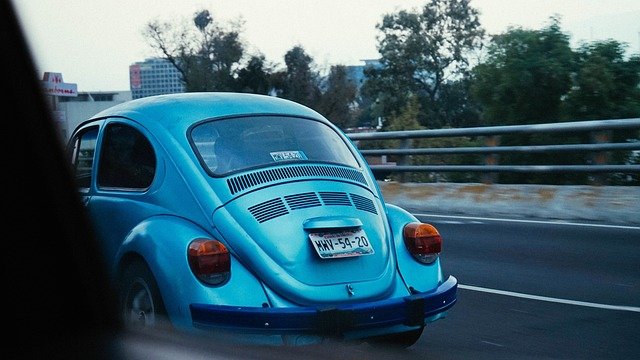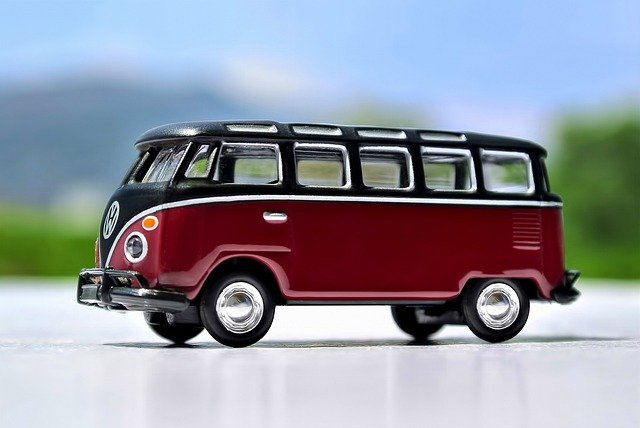
The Volkswagen Beetle is more than simply a vehicle; it’s a symbol of freedom. During its years of production, it sold more than 21 million vehicles globally, setting a record for any vehicle on a single platform. Its round, gentle form and beseeching eyes are almost instantly recognizable, even to those who have little interest in automobiles. However, the VW Beetle will no longer be produced after an incredible 65-year worldwide career. Production will conclude by the end of July.
In addition to being widely seen on highways during the latter part of the 20th century, the car’s appeal may be attributed to its many appearances in popular culture. The Beetle not only became a global icon of the counterculture but also featured in films such as Woody Allen’s Annie Hall, the Transformers series, Herbie the Love Bug (and its sequels and remakes), and Abbey Road. Numerous songs have been written about it, and Ad Age named the BBD print ad that introduced the vehicle to the US Advertisement of the Century.
However, the Beetle had an extremely peculiar rise to fame before the car was widely used. The name VolksWagen comes from the fact that Ferdinand Porsche designed it in the 1930s at Adolf Hitler’s request. It was meant to be an economical and dependable way to put the country’s volk (people) on wheels and to make use of the new road network the Nazi government was building. The automobile was offered for civilian use after the war and the industry was “de-Nazified.” With its compact design, low weight, strong construction, affordable price, and easy maintenance, the Beetle quickly gained popularity in the quickly changing post-World War II Europe.
According to Klaus Bischoff of VW, “the Beetle had a genetic code of mass production and mass appeal written into its DNA.” “It’s akin to what the Bauhaus accomplished for living spaces, but the Beetle became a mass-market success while the Bauhaus remained elite and expensive.” Bischoff adds, “The Beetle has a strong personality, soft curves, sympathetic shapes. Its simple, attractive appearance was also an influence. It made use of the streamline method, akin to Raymond Loewy’s (an industrial designer). The object in the garage resembles a family member or pet.
In 1997, Volkswagen produced the New Beetle, a type of sequel, in an attempt to appeal to nostalgia. Despite sharing a similar form with the original, it was never as successful as the previous version and was eventually phased out of production since it lacked the layout and effective packaging.
Does this imply that VW is getting ready for a follow-up in a few years? The firm has made a significant investment in electric cars and has shown new all-electric models with a vintage style that are based on the iconic VW Bus and Dune Buggy. However, the company has declared in writing that it would not be making an electric Bug.

Regarding the latest choice, Bischoff said, “We have to close one book and put it on the shelf, and we need to write a new one.” “A new electric bus functions well because, in addition to having a modest footprint compared to its size, all electric automobiles of the future provide a ton of inside room. The hood made up one-third of the original Beetle’s body. This no longer serves as a helpful solution for these purposes since electric cars do not have motors.
Why is the Volkswagen Beetle so iconic?
The Beetle, one of the most recognizable vehicles in automotive history, is renowned for its unique design. Its 65-year manufacturing run is the longest of any single vehicle generation, and its 21.5 million units produced to date make it the most cars produced on a single platform.
What made VW Beetles so well-liked?
The Beetle was a marvel of engineering and design; it was affordable to own and operate, small yet very functional. The car’s curving body was both aerodynamic and gave it a revolutionary appearance.
In pop culture, what is the Volkswagen Beetle?
With the release of The Love Bug, the second-highest earning movie of 1969, the Volkswagen Beetle started to take Hollywood by storm. The comedy, which starred Herbie, a sentient VW Beetle, contributed to Volkswagen being well-known in America. (Four Herbie theatrical sequels would come and go; Herbie Fully Loaded was the most recent in 2005).
What makes the Beetle unique?
Beetles are distinguished by their thick, rigid, opaque front pair of wings that lack the veins seen on the majority of other insect wings. These front wings, known as elytra (plural: elytron), act as coverings for a second set of working wings that are located beneath.
What makes the VW Beetle a decent car?
The inside has seen the most improvements, with the newest technology available for the whole VW lineup, including one of the greatest touchscreen infotainment systems out there. The almost ideal driving posture and the vibrant interior—which is constructed to a much better quality than that of competitors—remain unaltered.